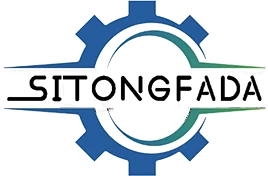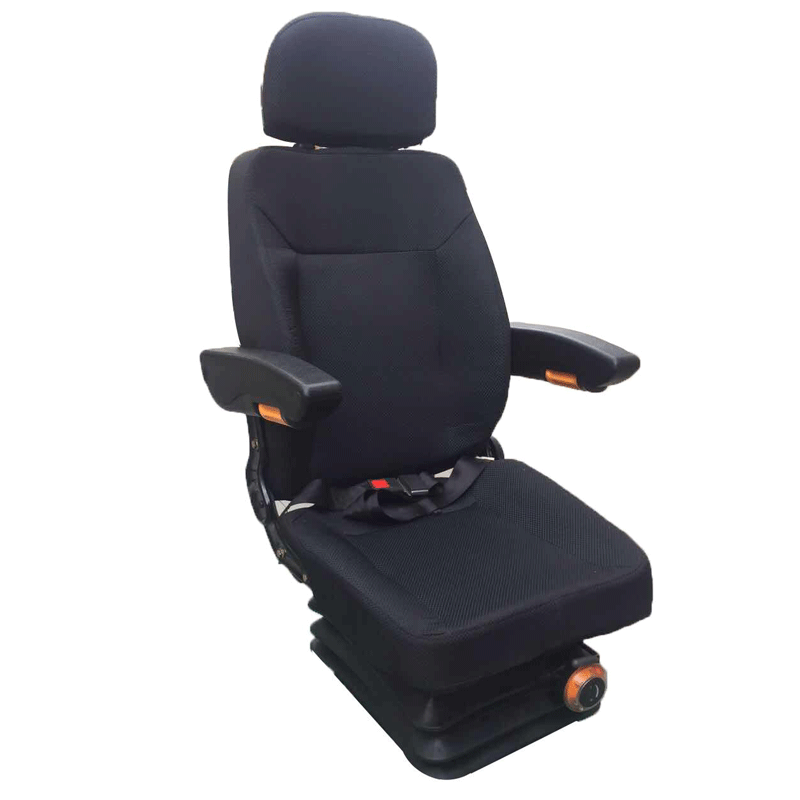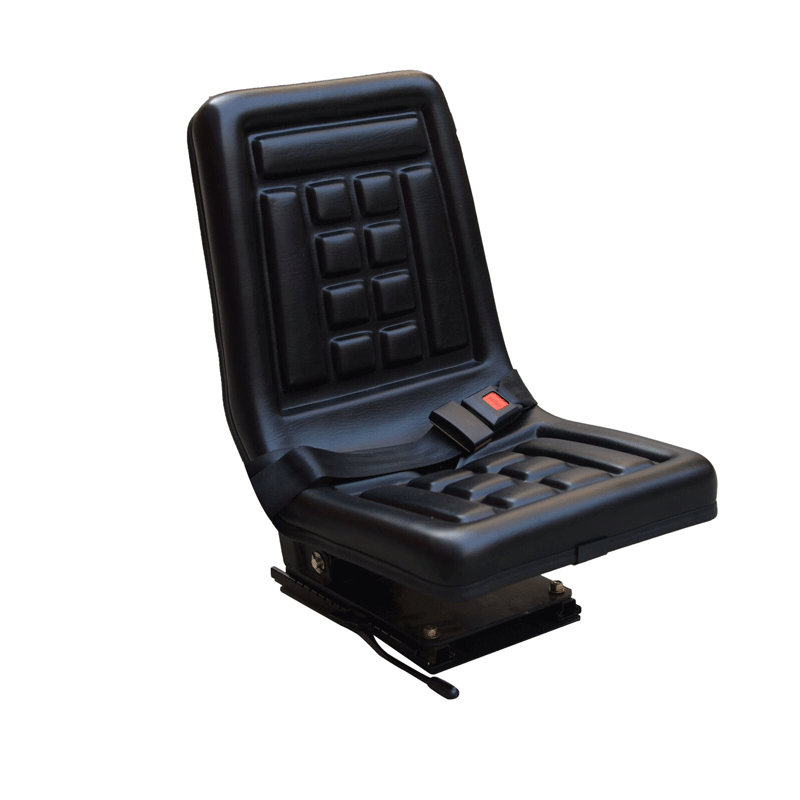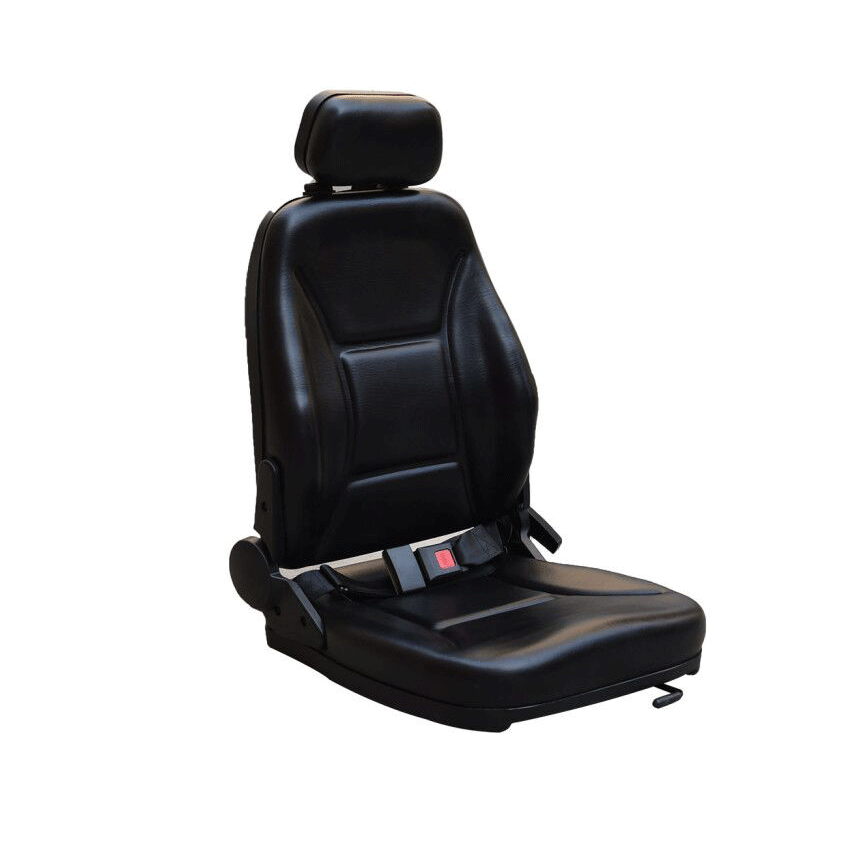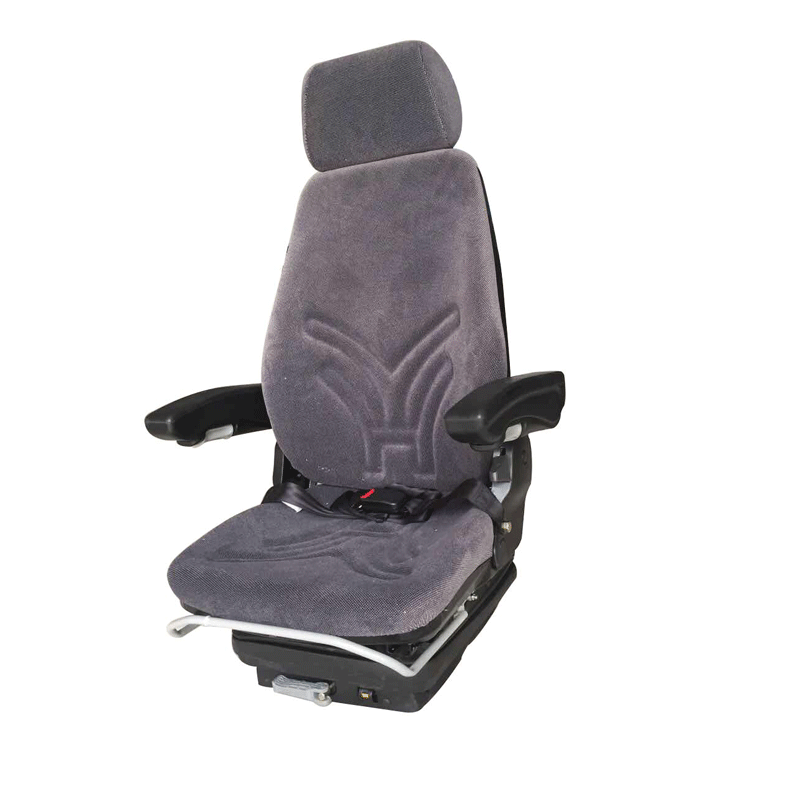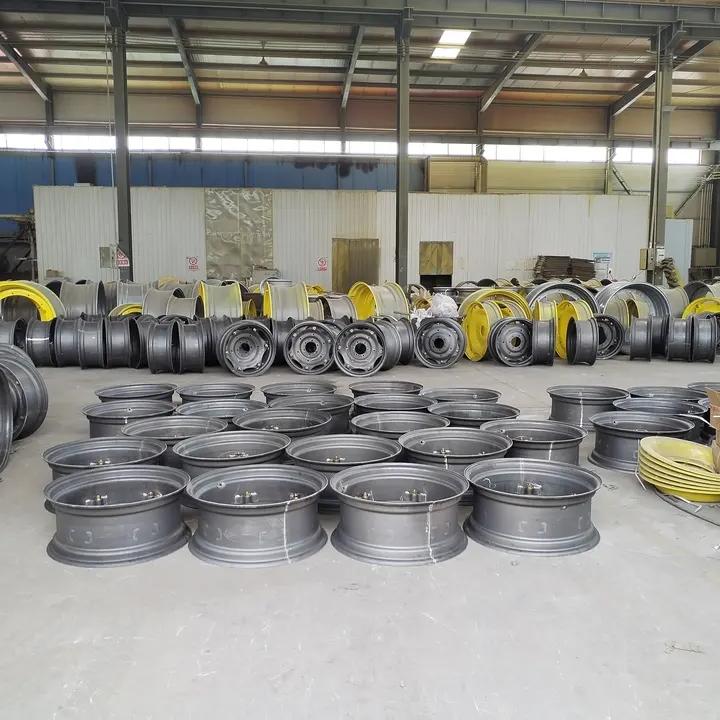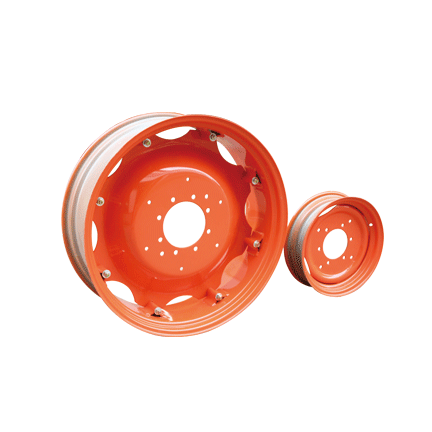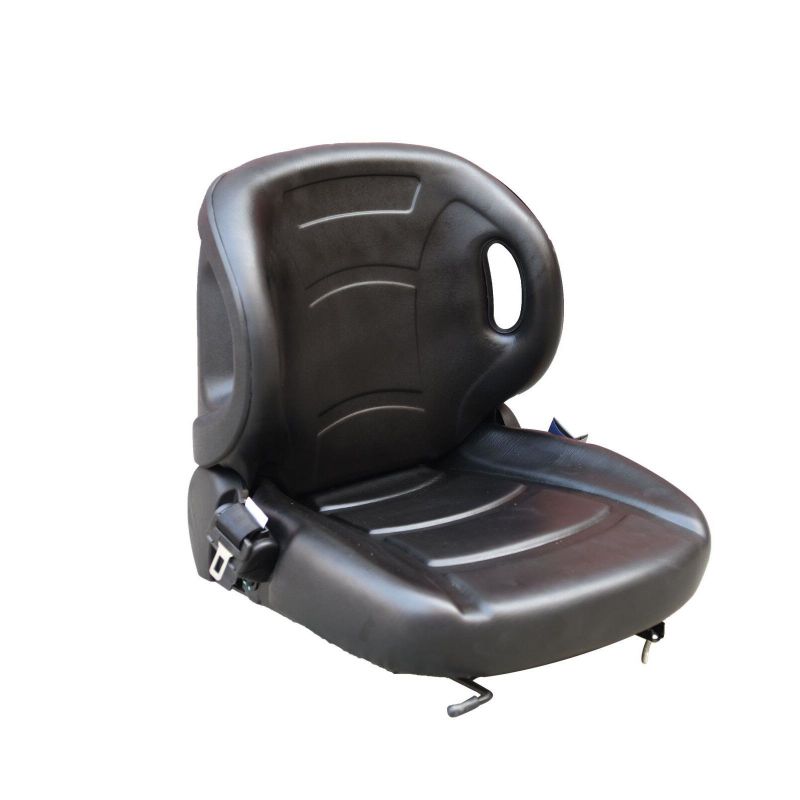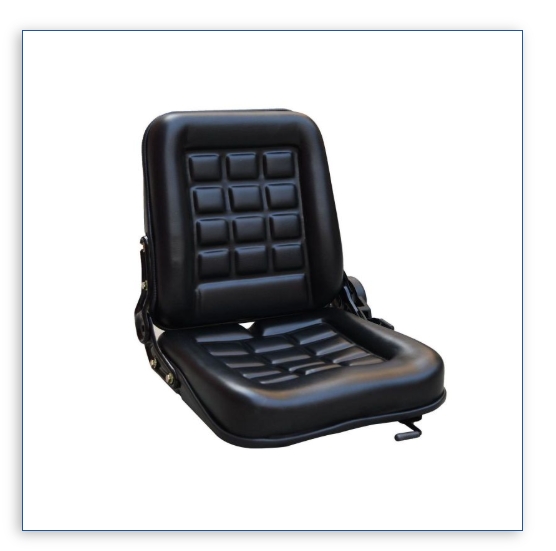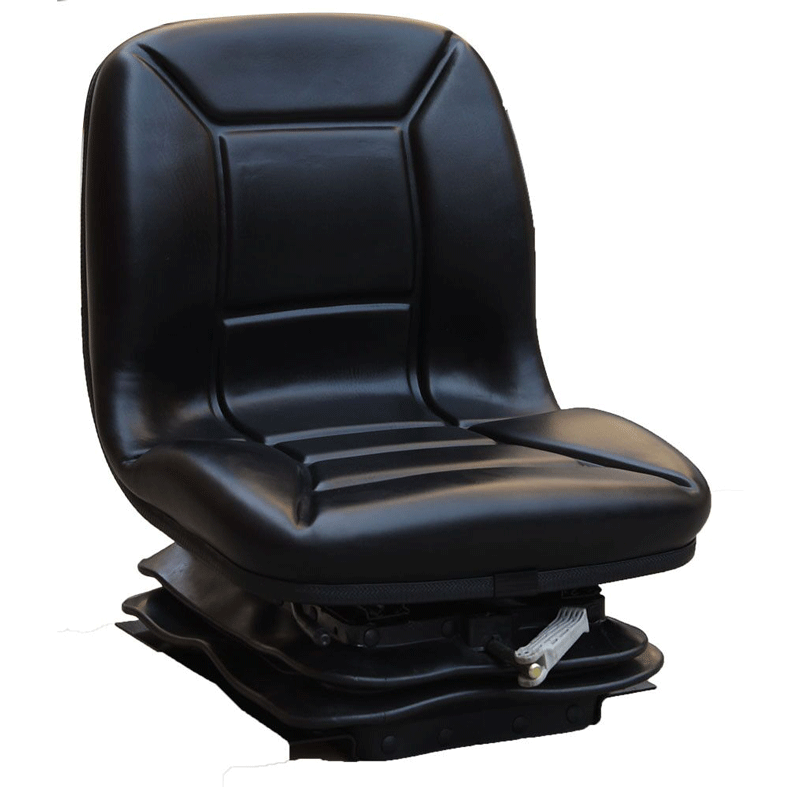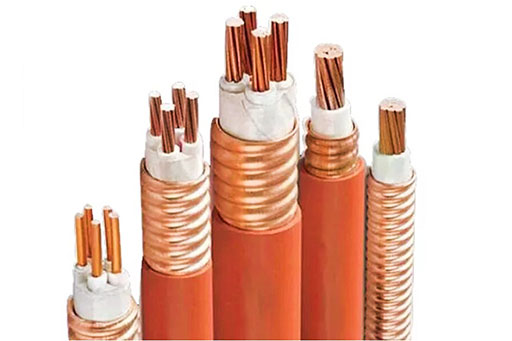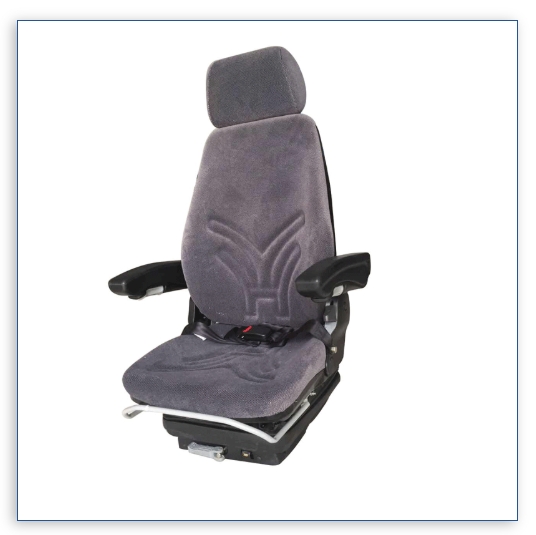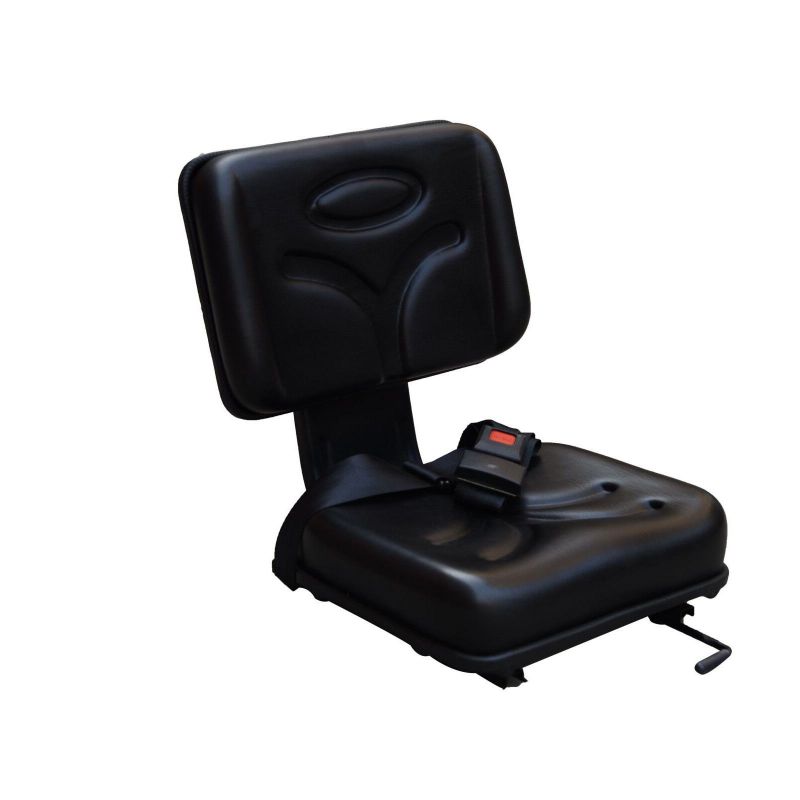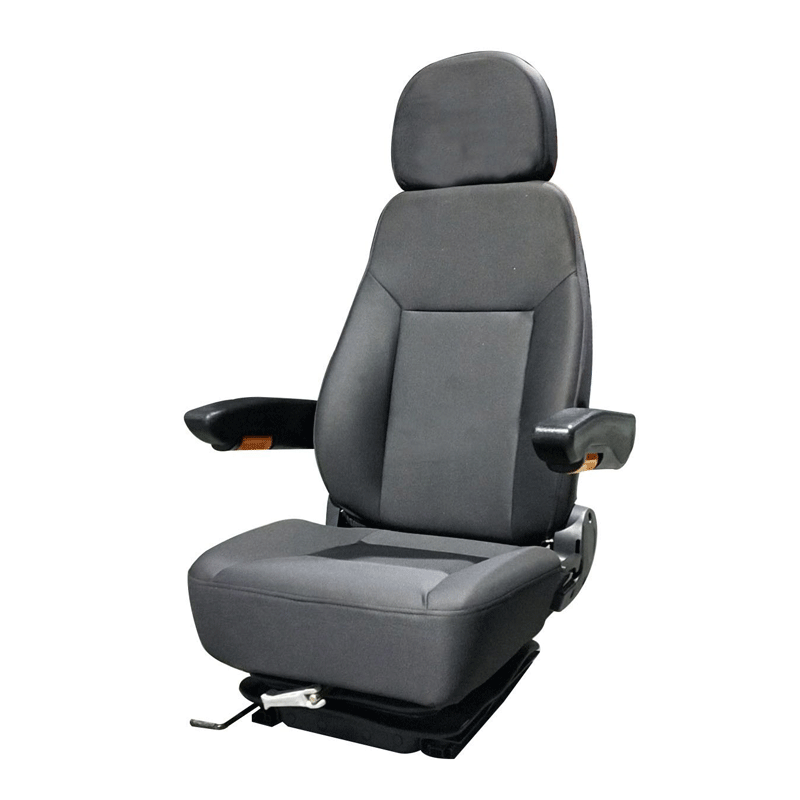Tractor seats are a critical component in agricultural and engineering machinery, designed to provide comfort, durability, and ergonomic support for operators working long hours in demanding environments. These seats have evolved significantly from their basic metal structures to advanced suspension systems that address the physical stresses faced by machine operators.
In agriculture, tractor seats are commonly found in machinery such as tractors, combine harvesters, sprayers, and plows. Given the nature of agricultural work, which often involves rough terrain and long working hours, the seat must absorb shocks and vibrations effectively. Modern tractor seats incorporate suspension mechanisms—mechanical or air-spring systems—that minimize the impact of bumps and uneven surfaces. This reduces operator fatigue, improving both safety and productivity.
Comfort is another crucial aspect. Agricultural machinery is often operated for extended periods, sometimes for 10 to 12 hours a day. An ergonomically designed tractor seat helps prevent back strain, muscle fatigue, and other physical issues. Adjustable backrests, lumbar support, armrests, and swivel functions are features commonly integrated into modern designs. These allow operators to tailor the seat to their body type and working position, promoting better posture and reducing the risk of injury.
Engineering machinery, such as excavators, bulldozers, loaders, and cranes, also utilizes specialized tractor seats. Similar to agricultural applications, these environments demand robust, high-performance seating solutions. Operator cabins in these machines are subject to constant movement and jolting, particularly on construction sites or off-road locations. Tractor seats in this context need to be resilient, often made of high-grade materials like reinforced steel frames and heavy-duty upholstery that can withstand wear, weather, and debris.
In addition, operator safety is enhanced through seats equipped with integrated seat belts, headrests, and shock-dampening features. Some advanced seats also include heating or cooling elements, vibration sensors, and electronic adjustments for maximum comfort and control.
Another consideration is visibility and control. In many engineering and agricultural machines, the seat must rotate or tilt to give the operator a full view of the surrounding environment or implement being controlled. Swivel-mounted tractor seats allow for 180 to 360-degree rotation, facilitating precise control and enhanced situational awareness.
In conclusion, the role of tractor seats in agricultural and engineering machinery extends beyond simple seating. It is a crucial element that supports the operator’s health, efficiency, and overall safety. As technology continues to advance, we can expect future developments in tractor seat design to further enhance operator experience, integrating smart technologies and improved ergonomics tailored to modern needs.
PREV:
This is the first article
